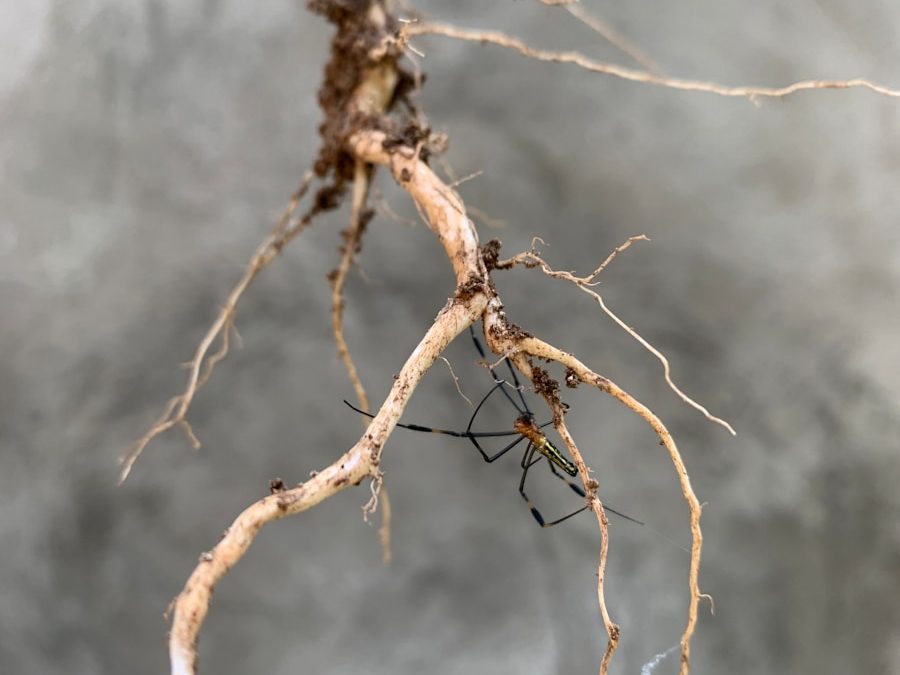Contents
- 1 How to Prevent and Treat Root Rot in Houseplants
- 1.1 What Is Root Rot?
- 1.2 Signs Your Plant Has Root Rot
- 1.3 How to Prevent Root Rot in Houseplants
- 1.4 How to Treat Root Rot
- 1.5 Extra Recovery Tips
- 1.6 Long-Term Prevention Strategies
- 1.7 Common Mistakes to Avoid
- 1.8 Decorating with Healthy Roots in Mind
- 1.9 Frequently Asked Questions
- 1.10 Recommended Products
- 1.11 Outbound Resource
- 1.12 Final Thoughts
How to Prevent and Treat Root Rot in Houseplants
Root rot is a dreaded phrase for every indoor gardener. It’s one of the most common reasons houseplants decline and eventually die. But with the right knowledge, you can prevent root rot and rescue your plants before it’s too late. Let’s dive into everything you need to know to protect your leafy friends from this silent killer.
What Is Root Rot?
Root rot occurs when plant roots sit in waterlogged soil for too long. Without adequate oxygen, roots begin to decay, turning mushy and black. Once roots are compromised, they can’t absorb water or nutrients, which leads to rapid plant decline.
Why Does Root Rot Happen?
Overwatering: The number one cause; too much water suffocates the roots.
Poor drainage: Pots without drainage holes trap excess moisture.
Compacted soil: Heavy soil holds too much water and restricts airflow to roots.
Cool conditions: Slows evaporation, allowing soil to stay wet longer than plants can tolerate.
Signs Your Plant Has Root Rot
Wilting leaves despite moist soil.
Yellowing or browning of lower leaves.
Stunted growth and leaf drop.
Foul, swampy smell from the soil.
When unpotted, roots appear dark, mushy, or slimy instead of firm and white.
How to Prevent Root Rot in Houseplants
Choose the Right Pot and Soil
Always select pots with drainage holes to avoid trapped water.
Use breathable materials like terracotta to help wick excess moisture.
Create a well-draining soil mix with perlite, orchid bark, or coarse sand.
Perfect Your Watering Technique
Check moisture by sticking your finger 2–3 cm into the soil before watering.
Use a moisture meter for accuracy.
Water thoroughly but allow all excess water to drain out completely.
Empty saucers after watering to prevent water buildup at the bottom.
Provide the Right Environment
Place plants in bright, warm areas to help soil dry between waterings.
Increase airflow with small fans, especially in humid rooms.
Maintain steady indoor temperatures and avoid placing plants near cold drafts.
How to Treat Root Rot
Step 1: Remove the Plant Carefully
Gently remove the plant from its pot.
Shake off or rinse away soggy, old soil to expose roots.
Step 2: Trim Damaged Roots
Cut away any black, mushy, or foul-smelling roots using sterile scissors.
Leave only firm, white, healthy roots.
Step 3: Disinfect and Repot
Clean the old pot with soapy water or choose a new pot.
Repot using fresh, well-draining soil.
Avoid watering heavily at first; let roots adjust.
Step 4: Monitor and Support Recovery
Place in a warm, bright spot with indirect light.
Do not fertilize until new growth appears.
Keep humidity moderate but avoid misting excessively during early recovery.
Extra Recovery Tips
Apply rooting hormone to healthy roots to stimulate new root growth.
Sprinkle cinnamon on trimmed roots as a natural antifungal.
Remove damaged or yellowing leaves to reduce plant stress.
Gradually resume regular watering only once the plant shows signs of recovery.
Long-Term Prevention Strategies
Repot every 1–2 years to refresh soil and check root health.
Use top dressing (like decorative stones) to help prevent surface mold.
Rotate plants every few weeks for even light exposure and balanced growth.
Group humidity-loving plants together to create microclimates and help avoid overwatering.
Common Mistakes to Avoid
Using decorative pots without drainage: These often trap water at the bottom.
Following a rigid watering schedule: Always check soil before watering.
Neglecting pot size: Overly large pots retain more moisture than necessary.
Ignoring early warning signs: Act quickly when you see yellowing or wilting leaves.
Decorating with Healthy Roots in Mind
Choose stylish pots with built-in saucers that still allow proper drainage.
Use plant stands to elevate pots and promote airflow around roots.
Create visually striking displays with varied pot sizes and heights to help airflow.
Frequently Asked Questions
Can a plant fully recover from root rot? Yes, if caught early and treated thoroughly, many plants can make a full recovery.
How soon will I see improvement? New growth may appear within a few weeks to a couple of months, depending on the plant type and severity of the rot.
Should I prune leaves as well? Yes. Remove heavily damaged leaves to help the plant focus its energy on root and new leaf growth.
Recommended Products
Outbound Resource
Learn more in this Wikipedia article on houseplants.
Final Thoughts
Preventing and treating root rot in houseplants is crucial for any indoor gardener who wants to maintain a thriving collection. By adopting smart watering practices, using proper soil, and being attentive to early warning signs, you can avoid this common problem entirely. When issues do arise, prompt action can save your beloved plant and bring it back stronger than ever.
Take charge of your plant’s health today, and enjoy lush, vibrant greenery in every corner of your home!

